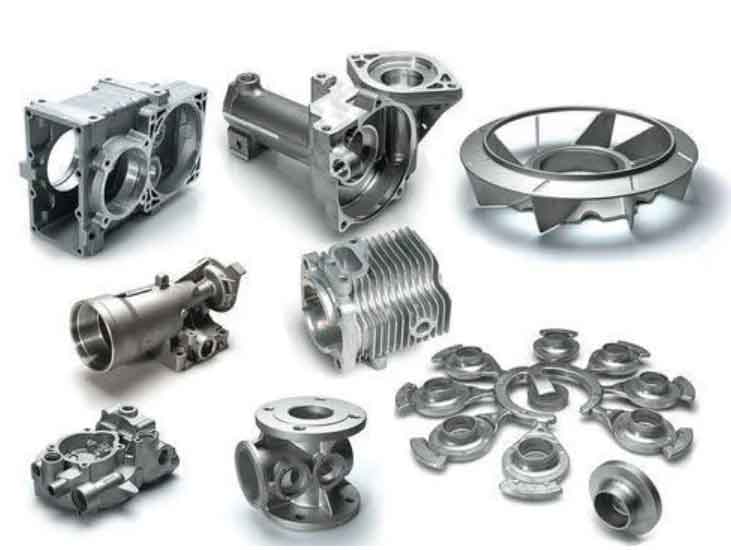
Sustainable manufacturing with recycled grey cast iron is a green approach that contributes to environmental preservation, reduces waste, and conserves natural resources. Recycling grey cast iron not only minimizes the demand for new raw materials but also reduces energy consumption and greenhouse gas emissions associated with traditional iron production. Here’s how the green approach of recycling grey cast iron can be implemented in sustainable manufacturing:
- Scrap Collection and Sorting: Establish a scrap collection and sorting system to collect grey cast iron scrap generated from various sources, such as end-of-life components, defective parts, or excess castings. Proper sorting ensures that only suitable materials are used for recycling.
- Scrap Cleaning and Preparation: Clean and prepare the collected scrap to remove any contaminants or impurities that may interfere with the recycling process. This step ensures that the recycled material meets the required quality standards.
- Melting and Casting: Recycle the cleaned grey cast iron scrap by melting it in a furnace and casting it into new components or products. The recycled grey cast iron can be used for various applications, just like virgin cast iron.
- Sand Reclamation: Implement sand reclamation systems in the foundry to recycle and reuse the sand used in the casting process. Sand reclamation reduces the need for new sand, minimizes waste generation, and lowers the environmental impact of casting.
- Energy Efficiency: Optimize energy use in the recycling process by using energy-efficient furnaces and equipment. Sustainable manufacturing focuses on reducing energy consumption and carbon emissions.
- Life Cycle Assessment (LCA): Conduct a life cycle assessment of the entire recycling process to identify areas where further improvements can be made to enhance sustainability.
- Certifications and Standards: Obtain relevant environmental certifications, such as ISO 14001 or other sustainability standards, to demonstrate a commitment to green practices and continuous improvement.
- Reuse and Remanufacturing: Explore opportunities for reusing grey cast iron components or remanufacturing them into new products. Remanufacturing extends the useful life of the material and reduces waste.
- Education and Training: Educate employees and stakeholders about the importance of sustainability and the benefits of recycling grey cast iron. Encourage a culture of environmental responsibility within the organization.
- Collaboration and Partnerships: Collaborate with suppliers and customers to promote sustainable practices throughout the supply chain. Engage in partnerships that prioritize green initiatives and share best practices.
- Waste Reduction and Recycling Program: Implement a comprehensive waste reduction and recycling program throughout the manufacturing process to minimize waste sent to landfills.
By adopting sustainable manufacturing practices and recycling grey cast iron, manufacturers can reduce their environmental impact, conserve resources, and contribute to a greener and more sustainable future. This approach aligns with the global efforts to address climate change and promote circular economy principles.
